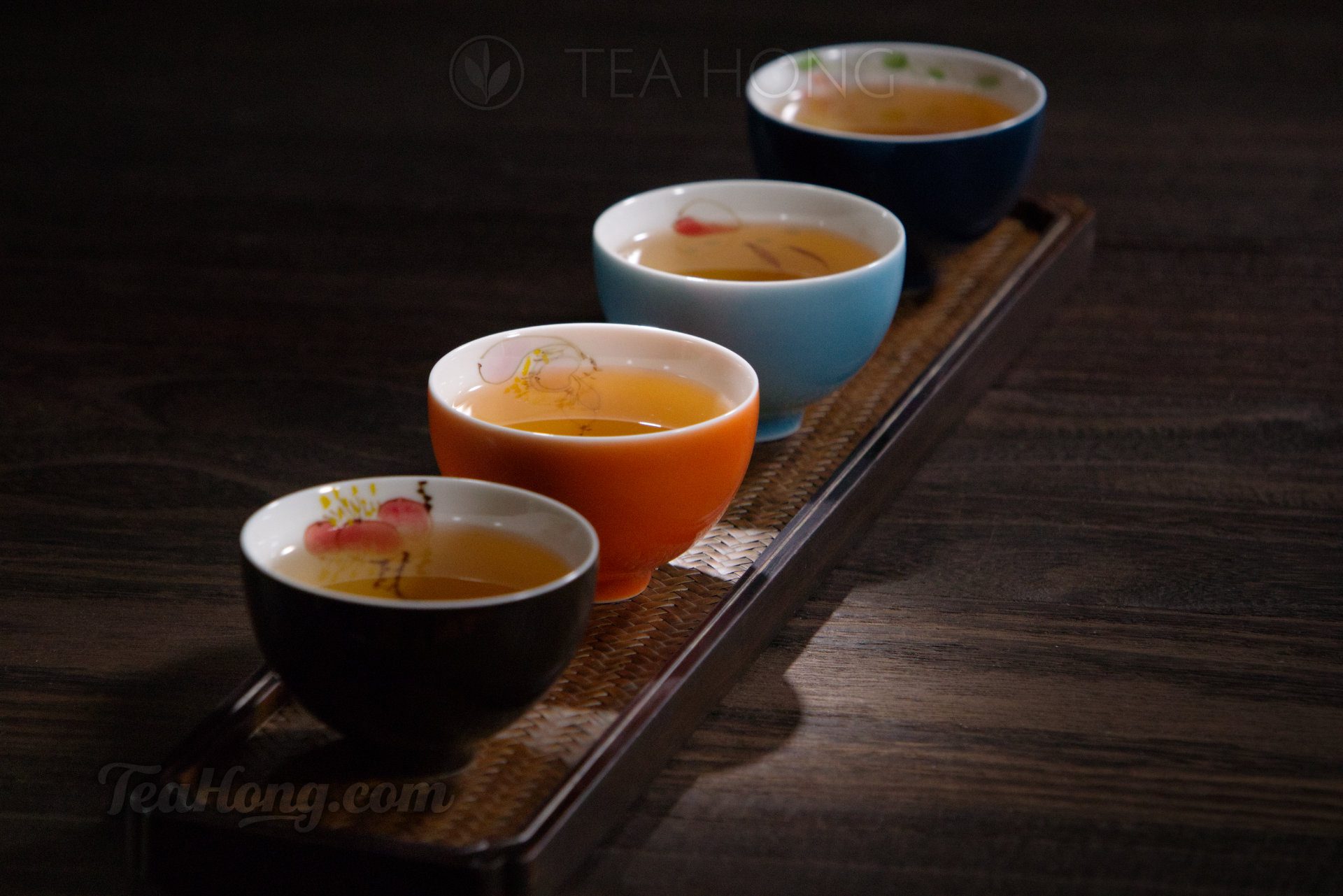“This tea smells so magnificent!” exclaimed one of our new packers as he bagged our last lot of 2018 Phoenix Classic for a wholesale Swiss client who is also a very dear friend.
Indeed this Baiye Dancong has matured so well that I was a little reluctant to let it go. However, I know my friend in the Alpine country needs a few more quality teas to reinforce his shop’s reputation as the finest grocer. This quality and value will contribute to that.
Traders and producers who are less experienced in deeper baked style Fenghuang teas, and there are a lot of them, have mistakenly underestimated the baking process traditionally developed for these oolongs. No matter how distinguished the origin maybe, or how expensive or rare, a mishandled Classic style Phoenix is a poor tea upon maturing.
In tea, sometimes not doing anything is doing a lot of things. Doing the wrong thing can be destructive. That applies to the processing of Orchid Gratus, Honey Orchid, Phoenix Classic and any other deeper baked Fenghuang.
After the few initial rounds of baking made to the freshly processed tea, the leaves have to be properly stored to rest to let the residual biochemistry do their own natural transformations. If rushed to deeper baking at this stage, these activities would be trapped deep inside the caramelised shell of surface leaf cells to resurface as the tea matures. This usually gives off a grassy and rather pungent smell. In the trade, this is known as “Reversal of the Green”, or fan qing — 反青. When a tea does that, there really is not a lot you can do.
More experienced and skilled traders never deeply bake a freshly processed oolong for this reason.
Patience and the ability to recognise when to rebake a tea is key to obtaining an oolong suitable for maturing. That’s how our classic line of Phoenix is formed. That is why you will never see any classic style oolong of the current year in our shop earlier than August.
Before I decided to release the remaining quantity of the 2018 batch of Honey Orchid and Phoenix Classic back on the online shop again, I asked our new tea trainee, Laura, to compare them against the respective 2020 batch. She is very young and extremely new to tea, but has shown remarkable sensibility towards tastes, so her reaction would be worth knowing to predict the reaction in tea rookies.
After the initial slurps, she looked at me, uncertainty in her eyes. “The smell of the new leaves is more charming but the older tea taste so much better!” she said. She said she was expecting otherwise. She then went on to describe how the old and new versions were similar in some ways but different in others.
It was a pleasant surprise for me. Most tea novices would pick the newer version for the more apparent floral character and slightly sweeter taste. Yet this new trainee has picked the one with a fuller and smoother body with much deeper tones, which are mostly appreciated when one has a little more tasting experience.
However, that is quite arguable. You may totally disagree with me. So I have decided to let you decide by putting both the 2018 and 2020 batches of Phoenix Classic on offer.
Phoenix Classic 2018 maybe deeper and rounder than that of 2020, but you can always buy the newer one to taste how it is when fresh and age an unopened pack to taste how it matures.
Don’t forget that though, we have already sold most of the matured batch through wholesale, so there is only a small quantity left.
Happy tasting.
Comments (0)
Leave a reply
You must be logged in to post a comment.




